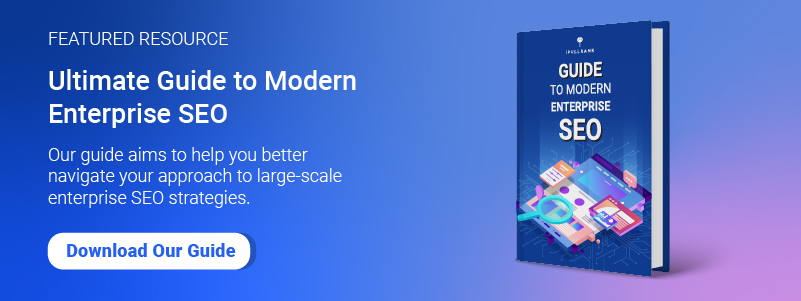We’re in the digital marketing industry, and as marketers, we know better than anyone that marketers love to throw fancy words around to make what we do sound super amazing and cool. However, there is so much marketing terminology out there, it can be really overwhelming. I mean, there is email marketing, influencer marketing, digital marketing, traditional marketing, social media marketing, and search engine marketing. The list could go on forever.
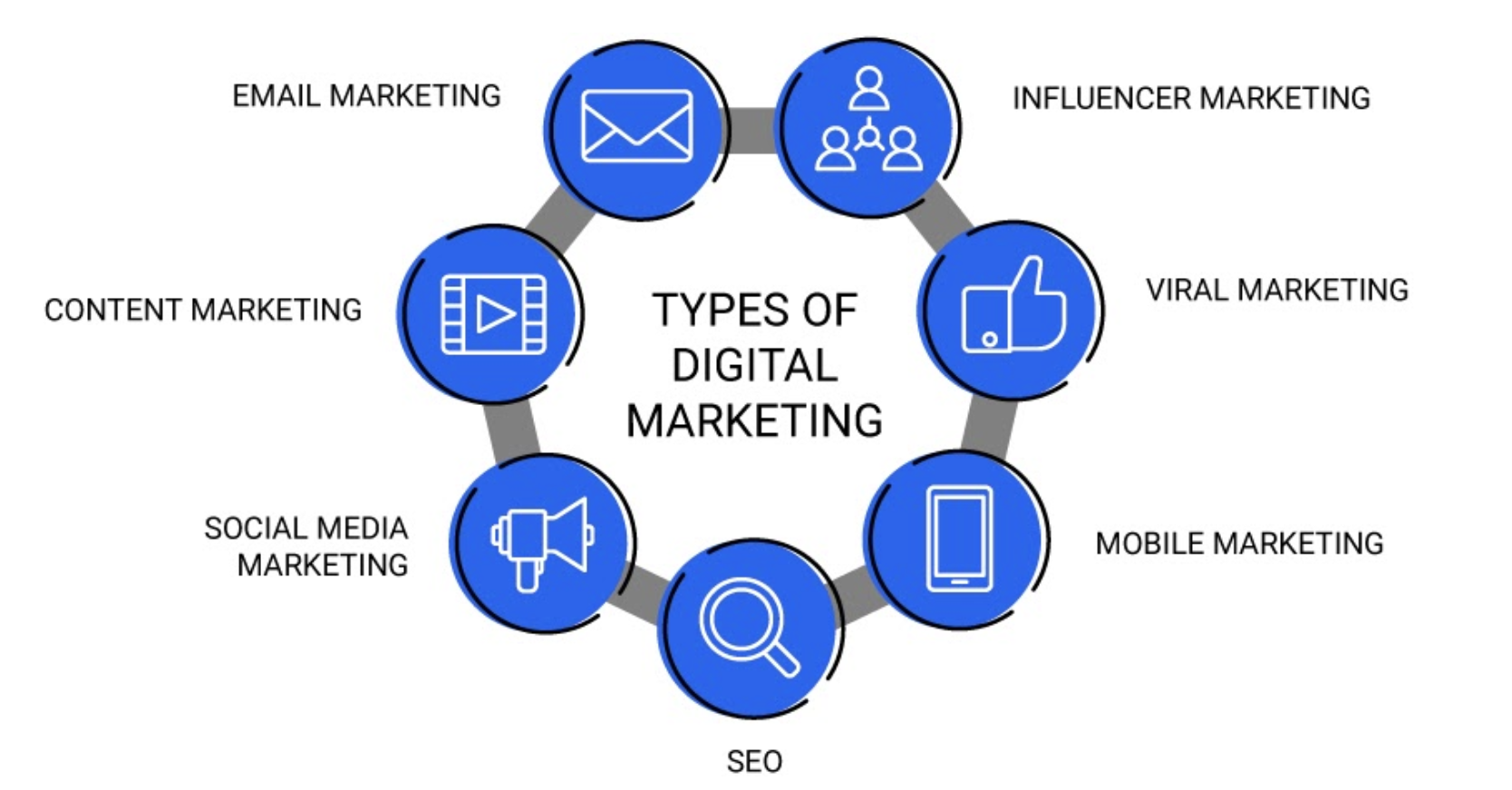
But really, all these different kinds of marketing methods can be drilled down into 2 forms, inbound marketing, and outbound marketing. And if you have a good idea of what they are, it will help you better understand what specific methodology you could incorporate for your marketing efforts.
Before I get started with what inbound marketing and outbound marketing are, here is how the American Marketing Association (AMA) defines the word “marketing”.
“Marketing is the activity , set of institutions, and processes for creating, communicating, delivering and exchanging offerings that have value for customers, clients, partners, and society at large.”
American Marketing Association
So what we as marketers really do, in a nutshell, is to communicate offerings that we think have value to our audience. That is a very generic way to look at it and a good place to start, so let’s get more specific.
What is Outbound Marketing?
When we talk about outbound marketing, we’re really talking about the ‘traditional’ ways to go about your marketing efforts, meaning actively reaching out to your audience in order to remain top of mind.

By initiating conversation with your audience, you’re letting them know what exactly is it that you do and how you can provide value for them. This process is extremely important to your overall marketing strategy because you can dictate the message you want to send out to a very broad audience.
Some examples of outbound marketing are advertisements you see in your everyday life that you may not even pay much attention to anymore. This includes things like TV commercials, banner advertisements on buildings across the street, ads on radio channels, billboards, email spam, cold sales calls, et cetera.

The main goal of these outbound marketing practices is to try and convert people into purchasing whatever product or service you are marketing by getting in front of your customer’s face and showing them what you’ve got.
This method worked wonders in the past as the number of advertisements we were exposed to was very minimal compared to the number of advertisements we see today. Unfortunately, people are starting to ‘build immunity’ to these tactics. I mean, when was the last time you even picked up a cold sales call or replied to email spam? According to Forbes, most Americans are exposed to 4,000 – 10,000 ads each day, it certainly doesn’t feel like that many, right?
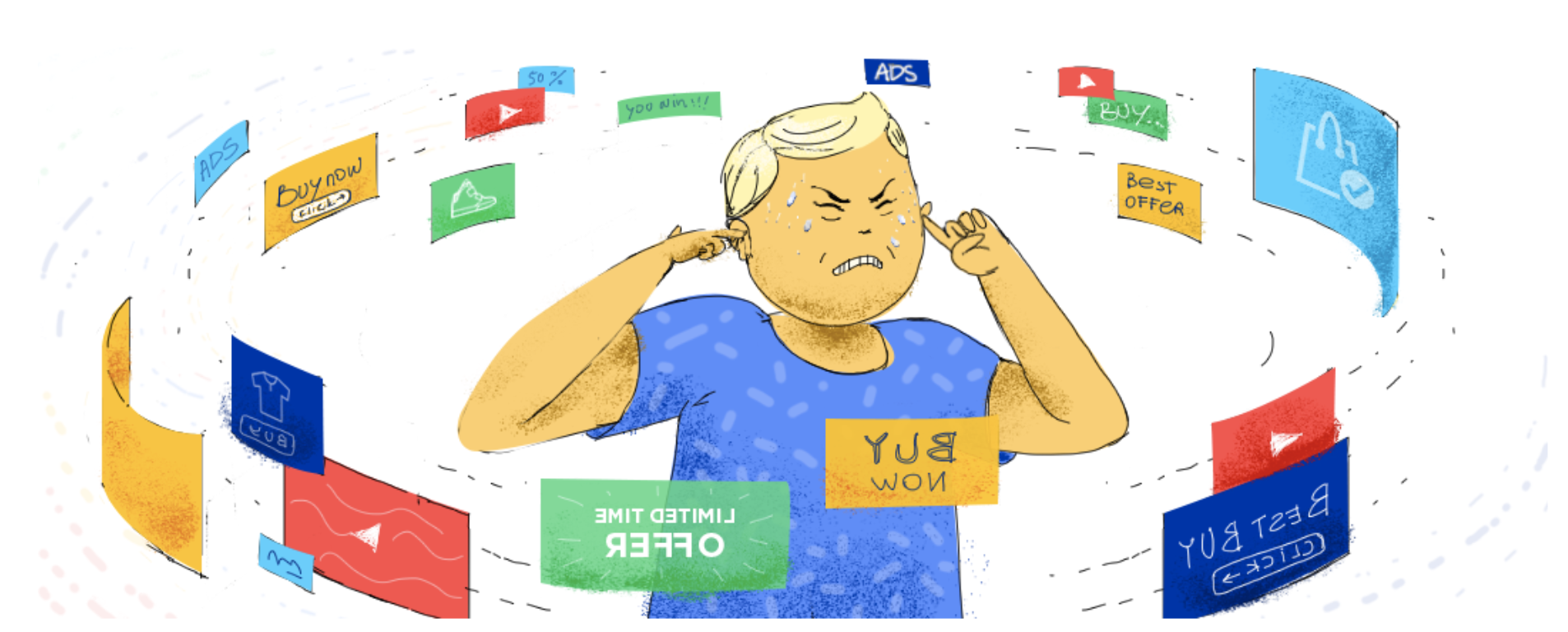
Is Outbound Marketing Dead?
Many marketers tend to think that outbound marketing techniques are becoming less and less relevant because of the fact that it is often considered an interruption and people don’t particularly enjoy being interrupted. Imagine you’re in the middle of watching a funny YouTube video, what is the one thing you would rather not see during this experience? That’s right, those video ads that you have to wait at least 5 seconds to skip. It’s 2020. People DO NOT LIKE BEING INTERRUPTED when going about their business online and a lot of outbound marketing methods are considered interruptions.
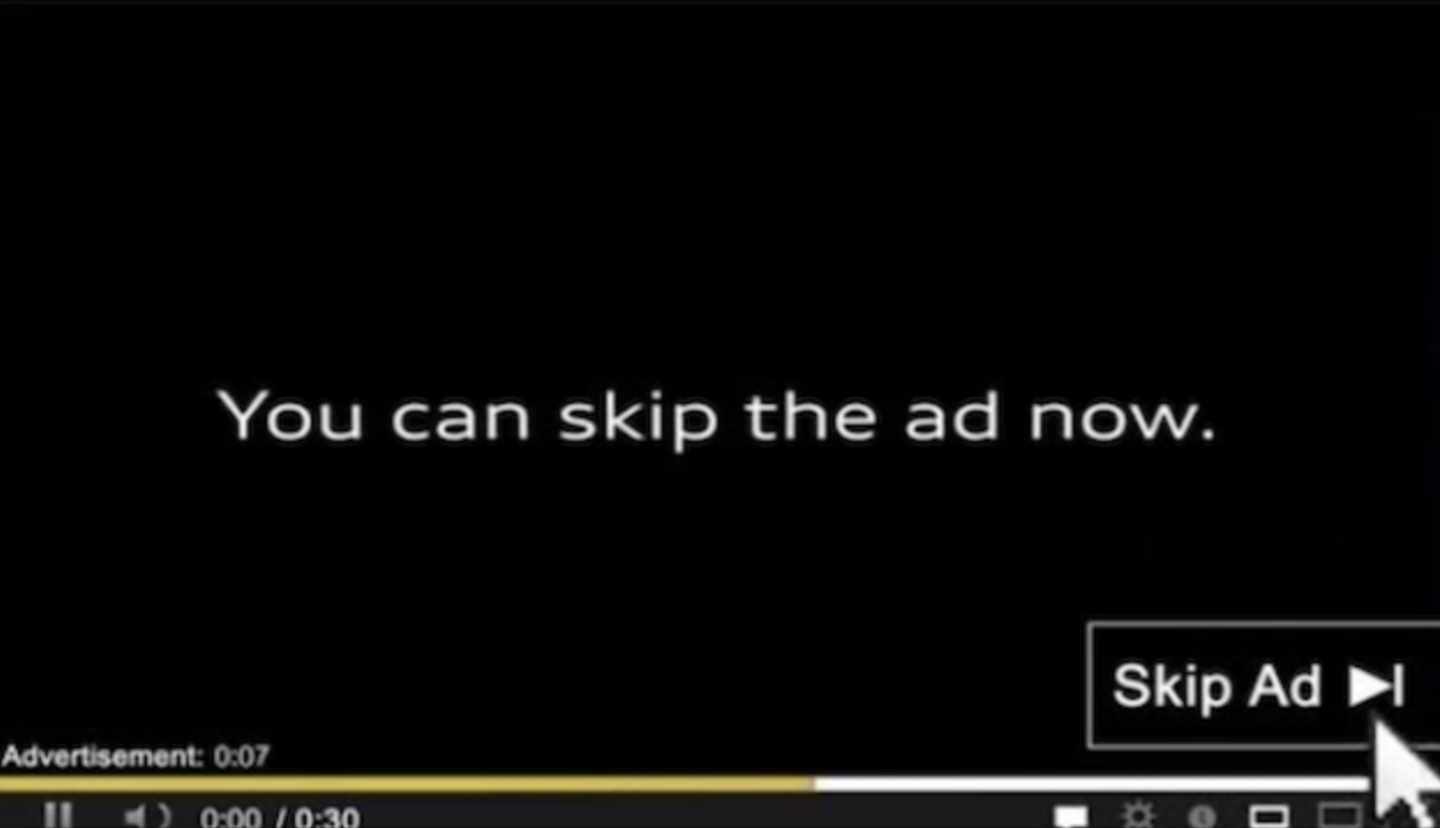
Another reason why marketers tend to think less and less of outbound marketing is that these outbound marketing techniques cost a lot of money. The average cost per lead for outbound-dominated businesses is $346, which is too expensive for many companies. And on top of it being very expensive, it’s really difficult to calculate the return on investment for a lot of outbound marketing methods.
The goal of outbound marketing, as I mentioned earlier, is to reach a broader audience and spread awareness, and you can only really quantify that by calculating the number of people your outbound marketing efforts may have reached, which oftentimes fails to reflect true numbers, especially with cases like TV commercials and print ads.
However, despite the grim description, the answer is NO, outbound marketing is not dead, and it could still be an extremely effective and efficient way to generate leads for your business when done correctly.
I’m sure you’ve come across a great salesman at a store before, saying the right things at the right time, spotting your needs before you even know it, and boom, you’re at the register, ready to check out. Well, if you’re doing your outbound prospecting correctly, and following up with well-crafted messages to start meaningful conversations, your exchange may very well turn into a potential sale.

For example, at iPullRank, we have leveraged LinkedIn as an outreach platform to generate leads, this method was extremely effective as Jarrett Thomas, our Senior Account Executive, was able to close deals by having an outreach tactic in place to start conversations and nudge prospects in an authentic manner via LinkedIn engagements. If you’re curious as to how, feel free to connect with him and ask him about it.
So really, successful outbound marketing comes down to execution, and some of the most important factors to keep in mind when executing your outbound marketing efforts are:
- Timing of outreach messages
- Sending the right message at the right time is extremely important. For example, many companies sent out tone-deaf messages during the early stage of the coronavirus pandemic, which reflects poorly on the brand. People remember these things. So make sure you’re sending out appropriately timed messages.
- Knowledge of your potential customer’s needs
- Get to know your potential customers, this should be an obvious one. Before reaching out to your audience, do your homework and find out what your potential customers need, and appeal to that.
- Excellent copywriting
- This is probably one of the most important aspects of everything you will do as a marketer. Enticing copy will always yield good results. If you don’t have the resources to fulfill this aspect of your outbound marketing efforts, I would recommend you to start looking for great copywriters for your marketing team.
- Power of visuals
- Humans are visual creatures, more than 65% of people are visual learners. Your marketing efforts need to be appealing enough to capture one’s attention in midst of all the distractions. It needs to entice good feelings and resonate with your audience. Again, if you don’t have the resources to make that happen, hire a good designer, you need it.
All of these factors contribute to your outbound marketing success and by doing these things well, the chances of you being able to convert your potential customers into actual customers will increase tenfold.
I’ve definitely been influenced by amazing ads I see when I’m on my phone or watching TV, and it just lights up the desire in me to get whatever it is they’re advertising. I mean just look at that Popeyes chicken and fries, doesn’t that look absolutely delicious? Sure does to me.

But let’s be real, it’s very difficult for small to medium-sized businesses to create amazing ads like this, or have an expert outreach team to design a flawless methodology to reach out to potential customers, it’s just not that easy. So what are your alternatives? This is where inbound marketing comes into play.
Why Inbound Marketing?
Inbound marketing essentially turns your brand into a magnet to pull in potential customers by providing value to them, by showing them you are here to help, and that you are capable of helping.

You can think of inbound marketing as ways to attract and guide your potential customer until they eventually buy. It’s a very subtle way of telling them, “look, we know what we’re doing, we know what you want, we’ll be ready when you are.” Playing the long game, so to speak.
Some of the more popular inbound marketing methods around the industry are social media, search engine optimization (SEO), content marketing, blogging, and events marketing. If you can successfully utilize these channels for your business, you will see a substantial increase in the number of leads your business will generate, that’s a guarantee.
And the best part about inbound marketing methodologies is the return on investment is significantly higher than outbound methodologies, as the average cost per lead for businesses leveraging primarily inbound techniques is around $135 compared to $346 for outbound techniques.

What Should be Your Inbound Marketing Approach?
It’s very important to understand what your first steps should be. You shouldn’t skip steps in the inbound process since it’s the long term win you’re looking for. In order to build a trusting relationship with your potential customers, you have to first show them you are worthy of their trust. Show them what value you can provide them with and attract them with the knowledge or information they are looking for. You have to know what your target audience is looking for and tailor your content accordingly.
1. Do Your Research
There are many awesome tools to research trending topics. Let’s take Google trends for example, I’m sure we’ve all used this tool before to do some form of preliminary keyword research, just to see what hot topics people are searching for. I’m no Google trends expert, but I do know for a fact that Google trends data can be very insightful for comparing relative popularity of a search query, which in turn, will allow you to better prioritize your content plan in real-time. There are other benefits in utilizing Google trends, but it is definitely a tool that I would recommend you look into if you’re doing keyword research for trending topics.
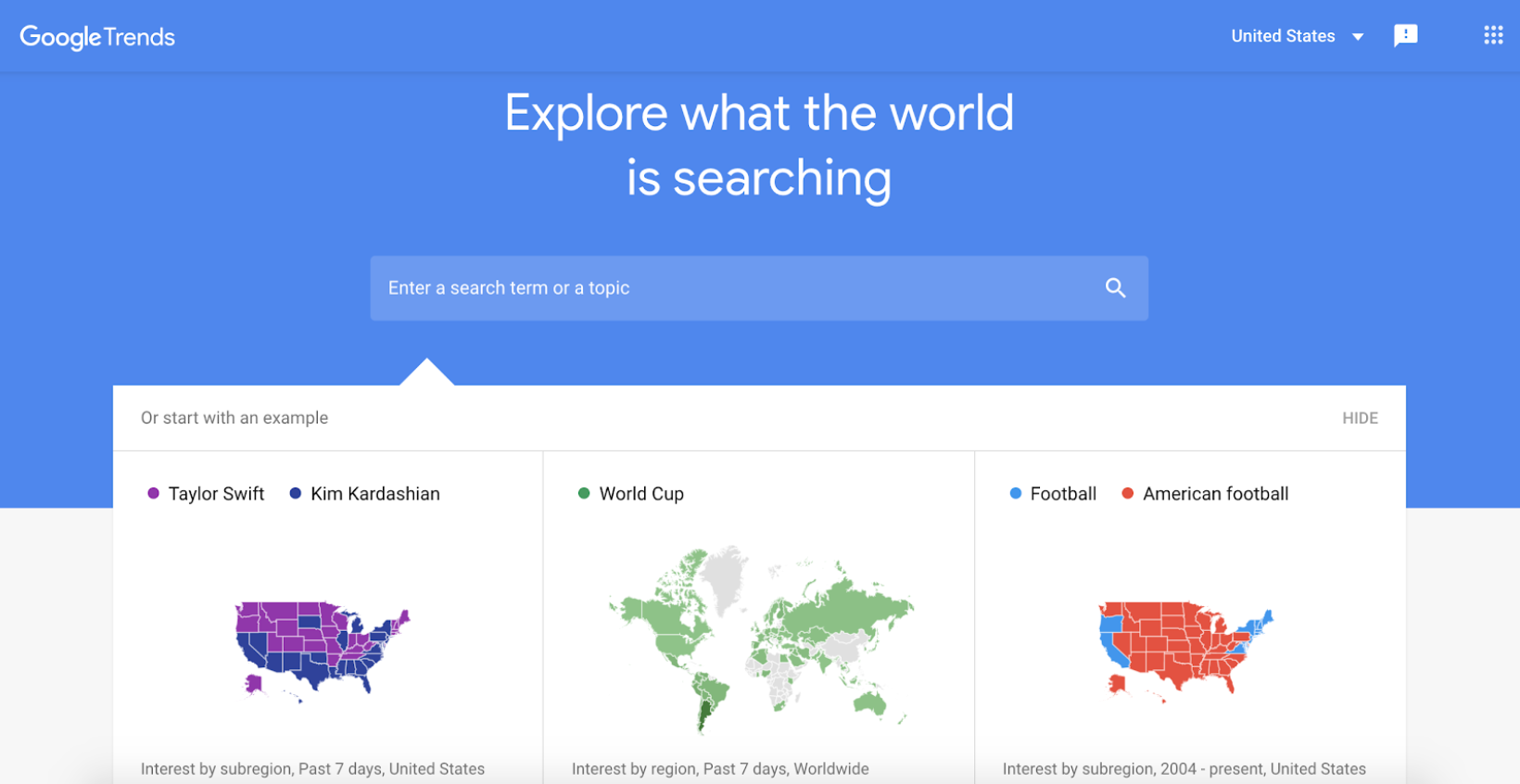
2. Create Content
Once you have identified the right topics, created content assets such as blog posts, guides, or e-books that you can then distribute among your channels. Content creation is the most important step of your process as it will continuously show your target audience your expertise and will in turn keep you top of mind.
As I mentioned earlier, the main goal of inbound marketing is to attract your audience and make them a fan of what you have to offer. And by creating awesome content, you are nudging your target audience towards you in a steady, consistent manner, and your efforts will pay dividends in no time.
3. Optimize for Organic Search
Search engine optimization (SEO) is complex, and I’m not going to sit here and pretend I’m the expert in optimizing content for organic search. But there are many valuable resources out there that can guide you with your SEO efforts. If you’re not too familiar with SEO, check out this post to learn about the basics of SEO, you have to start somewhere, right? Better late than never.
If you are already aware that optimizing your content for SEO can drive more traffic, then go ahead and optimize your content for SEO. Once you ensure maximum visibility from an SEO standpoint, the increase in web traffic will eventually lead to more conversions.
All this goes without saying that you should create quality, relatable content that falls in line with your core business. Please don’t create content for the sake of creating content, it is not a good look for your brand, and informed customers will most likely be turned off by this tactic.
Inbound Marketing Use Case
At iPullRank, we know a thing or two about creating useful content for our audiences. If you don’t believe me, check out our blog or subscribe to our newsletter, you’ll see that it’s full of informative articles and videos related to our services, SEO and content strategy. We have also created a lot of evergreen content such as guides and e-books so we can really showcase our expertise and knowledge to our prospects.
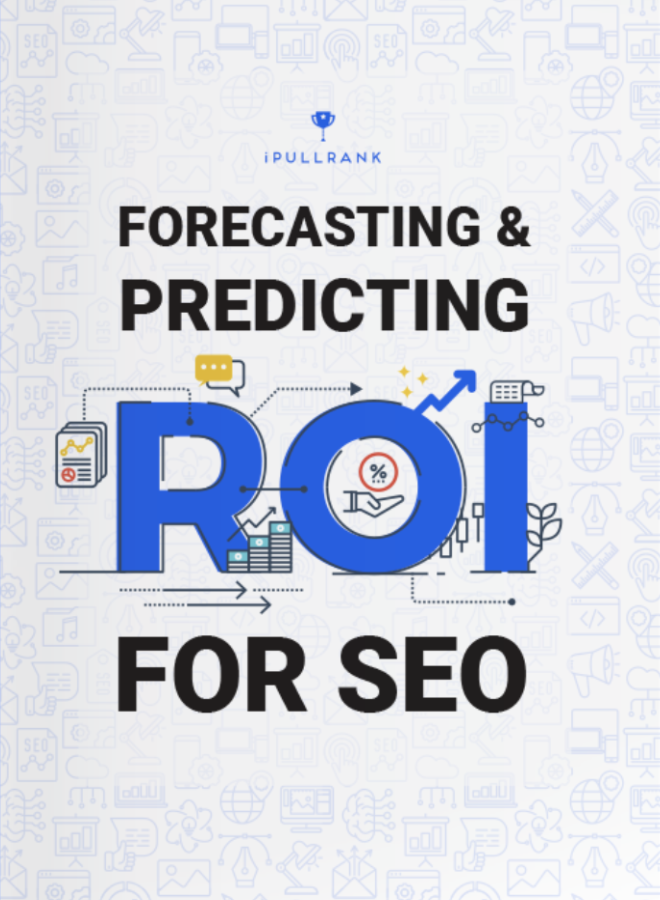
For example, we created an ultimate guide to forecasting and predicting ROI for SEO, which was very well-received among the SEO community. Once we were able to capture our audience’s attention, we created an email nurture track in HubSpot specifically tailored to those who downloaded our guide, which adds more value to the engaged audiences after they had time to digest our ROI for SEO guide.
Here are the results:
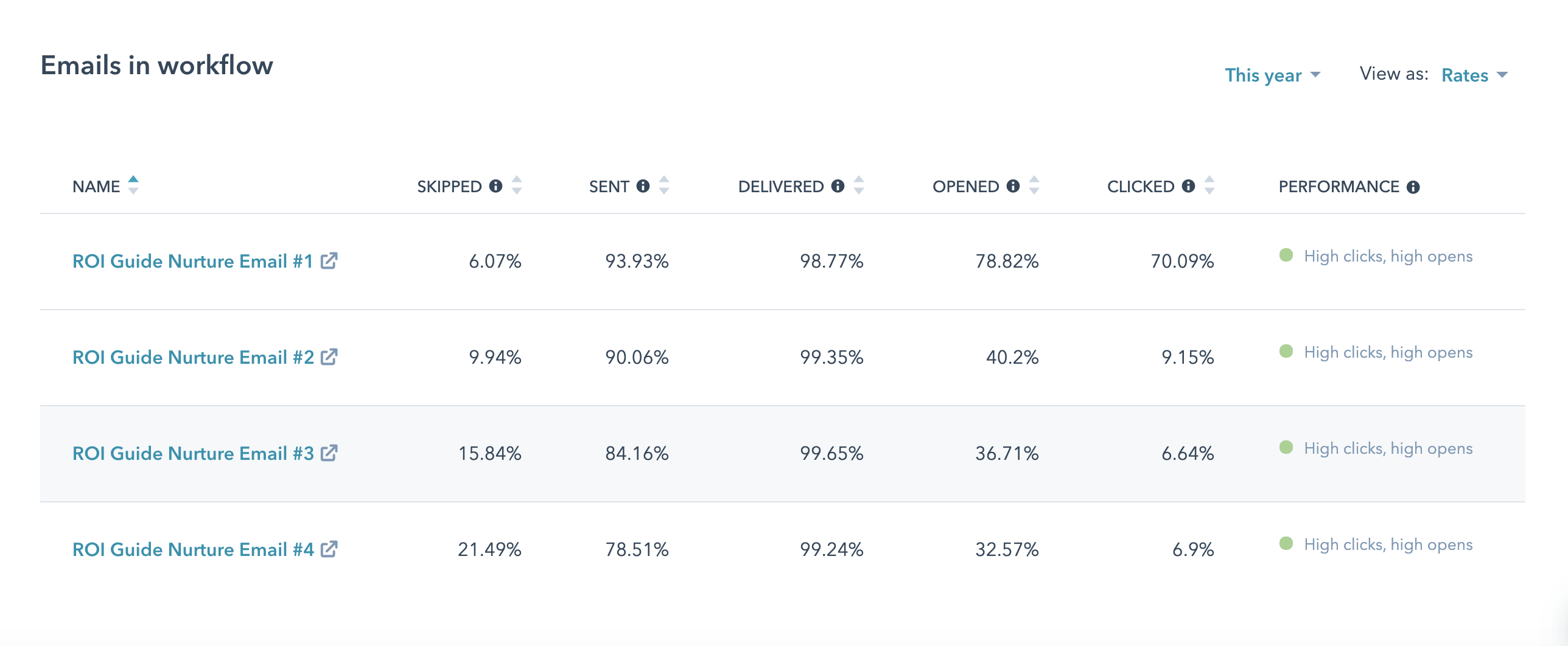
As you can see, the performance of these nurture emails that followed the guide download was outstanding, with open rates and click-through rates well above the industry average (15.8% & 2.4% for marketing agency email campaigns). This just shows how you can turn an engagement, in this case, the download of our ROI guide, into a continuous nurture path that may turn into a potential sale down the road. Again, it’s the long-term win we are looking for.
Let’s not forget about the other important aspect of the process, content marketing/promotion. You’ve spent so much time and effort creating a valuable piece of content, you want people to see it, so it’s crucial for you to build a strategic content distribution plan, whether it be your client success team sharing it with existing clients, your social media team actively promoting on all your social media channels, or your email marketing team incorporating new content into different email campaigns.
There are many different ways you can go about marketing your content, and as we all know, organic search can be extremely competitive, with 90.63% of content getting no traffic from Google. This makes having a strategic content distribution plan in place extremely important and should never be overlooked.
What You Can Do Now
Now that you have a pretty good idea of what inbound and outbound marketing is, it’s time for you to start putting it into action. Start a blog for your business, start building your email list, and start using social media to drive awareness. There are a million things you can do to start marketing your business the right way.
But one thing is for certain, always try to utilize both outbound and inbound marketing methodologies to find the right marketing mix for your business or specific use case. By doing so, your marketing efforts will be as efficient and as effective as it can be. Take your time, try new methods, don’t be afraid to fail, trust the process, and most importantly, learn from your mistakes. Or better yet, contact us if you need help with your digital marketing needs, iPullRank is always ready to help.
